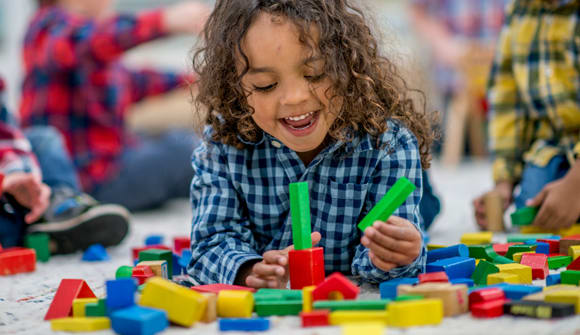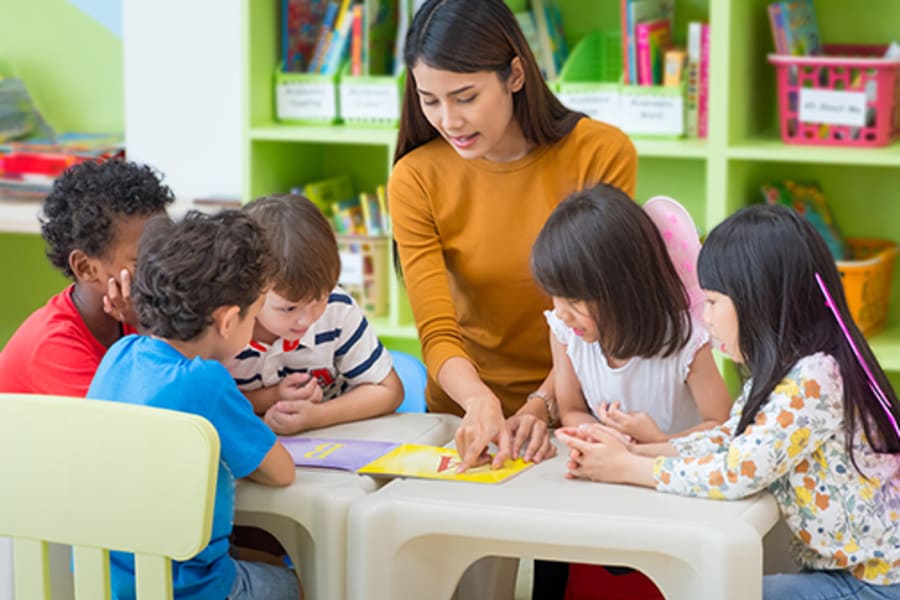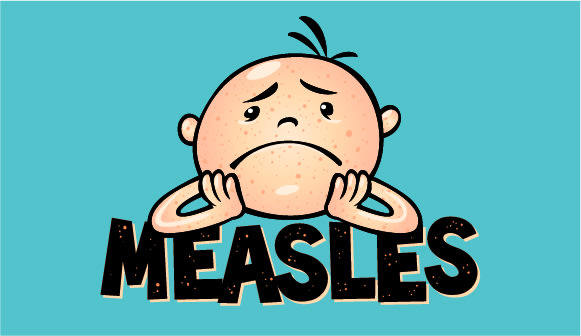The ABCs of age-appropriate toys
They don’t call them building blocks for nothing.
Article Author: Johnny Woodhouse
Article Date:

In 2003, ABC blocks were officially inducted into the National Toy Hall of Fame.
You might be wondering what took them so long.
Indeed, ABC blocks have been around for centuries. Not only do they help children learn the alphabet, they also build strength in a child’s fingers and hands and improve eye-hand coordination.
Wooden toy blocks are a common site in preschools for a reason because they often lead to social interaction with other children.
“Blocks and stacking toys are great for hand-eye coordination and simple play development,” said Laura Wilson, MA, a speech-language pathologist at Wolfson Children’s Rehabilitation’s Drew Bradbury Center. Speech-language pathologists specialize in caring for infants and children who need help effectively communicating, eating and swallowing.
A mother of two and a Wolfson Children’s Rehab specialist for more than four years, Wilson often fields questions from other moms about toy recommendations, especially during the holidays.
This year, she and her colleagues intentionally created a 30-plus-item list of age-appropriate toys on Amazon, everything from basic cause-and-effect toys to tricycles.

“Some of the toys on the list develop gross motor skills, some develop fine motor skills and others are just for play,” Wilson said. “The list is geared toward all children, not just the ones we primarily work within the rehab center.”
According to Wilson, the suction-cup toy known as Squigz™ is one of the items on the public Amazon list and one of the most popular educational toys at the Drew Bradbury Center. Others items on Wolfson Rehab’s age-appropriate list include:
- Birth to 6 months – Rattles, rings, squeeze toys
- 6 to 12 months – Stacking toys, wooden puzzles, activity tables
- 1 to 3 years – ball towers, car tracks, ride-on toys, tunnels
- 3 to 5 years – tricycles, pretend playsets
According to the American Specialty Toy Retailing Association, the best specialty toys are ones that are designed with a focus on what the child can do, not what the toys can do.
“Toys that just make noise don’t teach children anything purposeful,” said Wilson.
“When you see a child brush a toy aside or not use it for very long, that’s a sign that they need someone to show them how the toy works.”
Other tried-and-true toys Wilson uses to engage her patients include soap bubbles and rubber kick balls.
“I don’t know a kid who doesn’t like blowing bubbles,” said Wilson. “Bubbles and kick balls are gateways into play.”
And just because a toy may be labeled for one specific age group doesn’t mean it’s not beneficial to another.
“I have some 3-year-old patients who could definitely benefit from some 2-year-old toys,” Wilson said. “You have to consider the developmental level of the child and not fall victim to the marketing strategy. I think the biggest thing for parents to remember is that learning to use a toy properly is as important as the toy itself.”
If you think your child may be struggling with play or other development, contact us for more information about comprehensive therapy services at Wolfson Children’s Rehabilitation or to schedule your child’s first appointment at a Wolfson Rehabilitation Center, call 904.202.4200.



